Category 3 storm wreaked havoc on coastal communities and seafood businesses
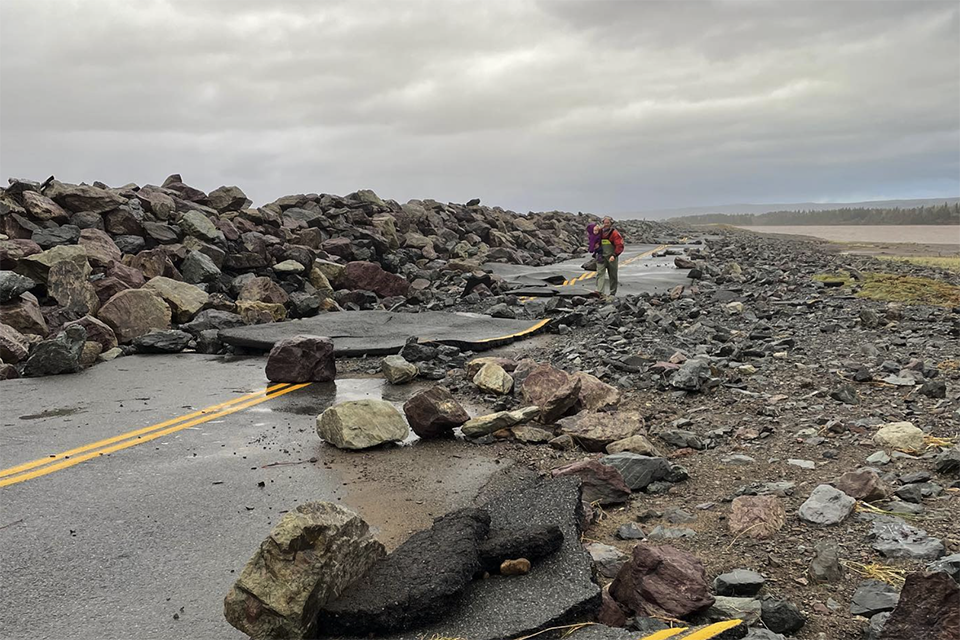
Hurricane Fiona ripped through Atlantic Canada last week and the clean-up job has only just begun. One of the strongest storms to ever hit the area, the impact has been devastating for residents: The category 3 hurricane knocked out powerlines, destroyed homes, washed out roads, eroded coastlines and caused severe coastal flooding.
With wind gusts reaching over up to 150 kilometers (93 miles) per hour, meteorologists and scientists have described Hurricane Fiona as one of the “most impactful storms” to have hit Atlantic Canada. The powerful and long-lasting winds wreaked havoc on coastal communities, but the seafood sector was also hit hard by the impact.
‘A million oysters in peril’
On Prince Edward Island (PEI), oyster and mussel growers are just starting to survey the damage to shellfish farms and tally up the costs. Raspberry Point Oysters Ltd, one of the biggest oyster growers in the Atlantic Canada provinces, has lost an estimated $150,000 worth of ropes and gear alone.
“We had about 30 lines break and each line would have had 30 to 50 oyster cages attached to it,” James Power, manager of Raspberry Point Oysters, told SaltWire.
With the wind and the storm surge, Power said that about 10 or 15 percent of the company’s 30,000 cages were dislodged – torn away from anchors that are screw-bolted to the ocean floor. Approximately 3,000 oyster cages became tangled in the water, as ropes broke away from the bottom anchors and were tossed around in the turbulent sea, and an estimated 1,000 oyster cages were hurled onto the shore.
“We estimated maybe about 3,000 oyster cages that are sort of in the water, still but tangled up and maybe salvageable,” Power told SaltWire. “Hopefully, the cages themselves aren’t wrecked.”
As part of the remediation process, Power has a crew working around the clock to cut open the marooned cages and salvage bags of oysters. Given that each cage holds 1,000 oysters, Power says that adds up to “a million oysters [are] in peril” and potentially a lot of losses.
Power remains hopeful that Raspberry Point Oysters can fill its orders for the next few weeks. Knowing that the storm would disrupt water and ocean sediments and temporarily shut down oyster and mussel harvesting, Power harvested oyster crops in advance of the storm. A few weeks’ supply was stored in seawater tanks at their holding facility in New London. However, there wasn’t enough time to sink the 30,000-cage oyster farm, a process that would normally take about two months.
The Prince Edward Island Fishermen’s Association (PEIFA) is working with government officials in “the exchange of damage information as it is received.” An assessment of the condition of traps and other fishing equipment has started and will continue over the next few days.
“Our captains made every effort to prevent and minimize damage to their fleets but as all Islanders are finding, this has been a storm without equal,” wrote the association in a press release. “As more details unfold, the PEIFA and our governments will be discussing potential supports to harvesters during this difficult recovery time.”
Island fishers are currently participating in the fall lobster, halibut, tuna, herring and rock crab seasons. As part of the post-storm work, the association is discussing the required date and condition modifications for these fisheries with the Department of Fisheries and Oceans Canada (DFO).
So far, early reports indicate that Canada’s lobster industry may have been spared some of the worst damage because fishing is minimal at this time of year. But the storm’s blow is still being felt by lobster fishermen: There are early reports of fishermen who have lost about half of their lobster traps.
“There’s the cost to replace the traps, which is roughly $300 [each], but really the problem is the lobster in the trap – it’s lost revenue,” Luc LeBlanc, an advisor with the Maritime Fishermen’s Union, told CBC News.
LeBlanc said the plan is to ask the DFO to be extended the season until at least Oct. 15 to make up for lost time. Another concern is the health of lobster stocks along the Northumberland Strait, where a lot of lobster, especially smaller lobster, washed up on shore in the storm surges.
“We’re a little worried that might have an effect on stocks over the medium and long term,” he told CBC News.
LeBlanc also noted that the amount of lobster that fishermen catch might be lower in the last two weeks of the season.
‘Horrendous damage’
In Halifax, Hurricane Fiona forced organizers to postpone the Halifax Oyster Festival, scheduled for September 23 to 24. On their Facebook page, the festival organizers offered snapshots of the hardship oyster farmers face in the aftermath of the storm.
“Before Hurricane Fiona arrived, most oyster farmers were ‘sinking their lines’ – filling those black floating cages you see on top of the water and dropping the rig to the bottom of the ocean, where the oysters and lines could safely ride out the storm,” wrote the organizers. “And while most oyster leases in the region seemed to fare okay, on land, there is a lot of structural storm damage: No power, outbuildings blown away, flooded warehouses, water damage to scientific equipment, no propane or gas to keep the generators going.”
Osborne Burke, general manager of the Victoria Co-op Fisheries told CBC News that his fish plant suffered “horrendous” damage, and several 40-foot sea containers full of frozen fish were “thrown around like dominoes.” Without power, that product will be lost.
“A quick estimate is we’re north of $1 million damage at our facility alone,” Burke told CBC News. “It’s damage we never, ever thought would occur.”
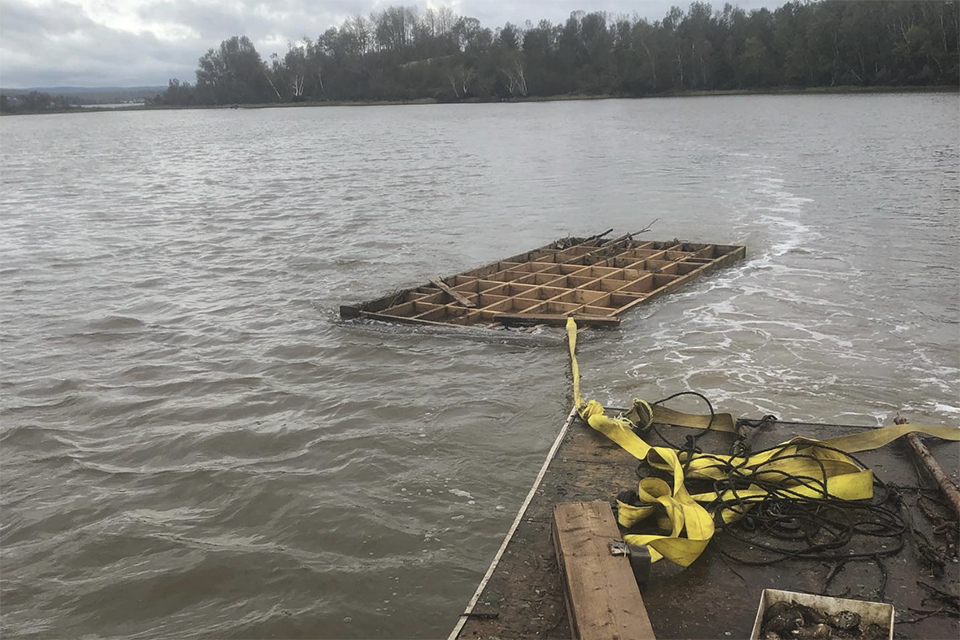
‘A shock’ for marine life
From changing ocean temperatures to tearing up marine life habitats, Hurricane Fiona also disrupted many marine life habitats. At the height of the tropical storm, a scientific buoy measured a record-breaking wave of 15.9 meters – almost four stories – about 50 to 70 kilometers (31 to 43 miles) northeast of Quebec’s Magdalen Islands, according to CBC News.
The high waves destroyed natural habitats and warmed up parts of the ocean that are so deep, the water temperature typically hovers around minus-3 degrees-C (26 degrees-F). Scientists are now warning that the impacts on marine ecosystems could be “severe and long-lasting” as tropical storms become more common due to climate change.
In an interview with Quebec AM, Peter Galbraith, a research scientist in physical oceanography with the Maurice Lamontagne Institute in Mont-Joli, Quebec, reported that the wind and waves were so powerful during the storm that the different layers of water in the ocean got mixed, heating the deeper layers and cooling off the surface layer.
As a result, the temperature measured at the surface dropped by 6.5 degrees-C in a single day – a process that would normally take six weeks in the fall – and the water 40 to 50 meters deep warmed up by about 6 degrees-C, according to measurements from the same buoy that registered the huge wave. For species like snow crabs or other bottom-dwellers that are accustomed to water that is below 0 degrees-C (32 degrees-F), Galbraith said it’s likely “a shock.”
“Suddenly in one shot, in one day, we raised the temperature of their usually very cool habitat by six degrees,” he said. “It has a huge impact.”
Galbraith said those species will be forced to adapt to “unfamiliar temperatures” because it can take weeks for deeper layers of the ocean to cool down.
Hurricane Fiona also disrupted marine life in the tidal zone, affecting species such as shellfish, sea worms and aquatic plants. These organisms, which are accustomed to tidal currents and waves and have evolved to attach themselves to rocks or other surfaces, struggled to withstand the force.
“We could see clams that we could collect by hand, without a shovel, on the beaches,” Lyne Morissette, a marine biologist who witnessed the storm from Quebec’s Magdalen Islands, told CBC News. “We could see seaweeds that were torn off and found on land and on the streets, everywhere.”
‘The future always remains uncertain’
On the bright side, producers Mowi and Cooke Aquaculture reported that Hurricane Fiona’s high waves did not harm salmon farming operations in the region. Joel Richardson, VP of public relations for Cooke, told SaltWire that none of the company’s land-based or marine-based aquaculture operations or vessels in Atlantic Canada were damaged by the storm.
“Before Cooke establishes a fish farm, we collect oceanographic data,” Richardson told SaltWire. “Then our engineers do computer modeling so we can predict potential storm impacts from severe weather events. They put all the wind and wave forces the farm site has got to withstand in a storm state and that tells us what the breaking strength or load factor is to verify the safety standard to meet.”
Cooke Aquaculture plans and prepares for the worst weather conditions possible in 50-year weather plans, including high winds and seas from the hurricane. Nonetheless, in both the past and present, scientists like Dr. Leigh Michael Howarth, a research fellow at the Centre for Marine Applied Research, have warned that “predicting the effects of climate change on ocean processes and the seafood industry is highly complex.”
“No matter how good our science gets, the future always remains uncertain,” said Howarth told the Advocate last year.
Follow the Advocate on Twitter @GSA_Advocate
Now that you've reached the end of the article ...
… please consider supporting GSA’s mission to advance responsible seafood practices through education, advocacy and third-party assurances. The Advocate aims to document the evolution of responsible seafood practices and share the expansive knowledge of our vast network of contributors.
By becoming a Global Seafood Alliance member, you’re ensuring that all of the pre-competitive work we do through member benefits, resources and events can continue. Individual membership costs just $50 a year.
Not a GSA member? Join us.
Author
-

Lisa Jackson
Associate Editor Lisa Jackson is a writer based in Hamilton, Canada, who covers a range of food and environmental issues. Her work has been featured in Al Jazeera News, The Globe & Mail and The Toronto Star.
Tagged With
Related Posts
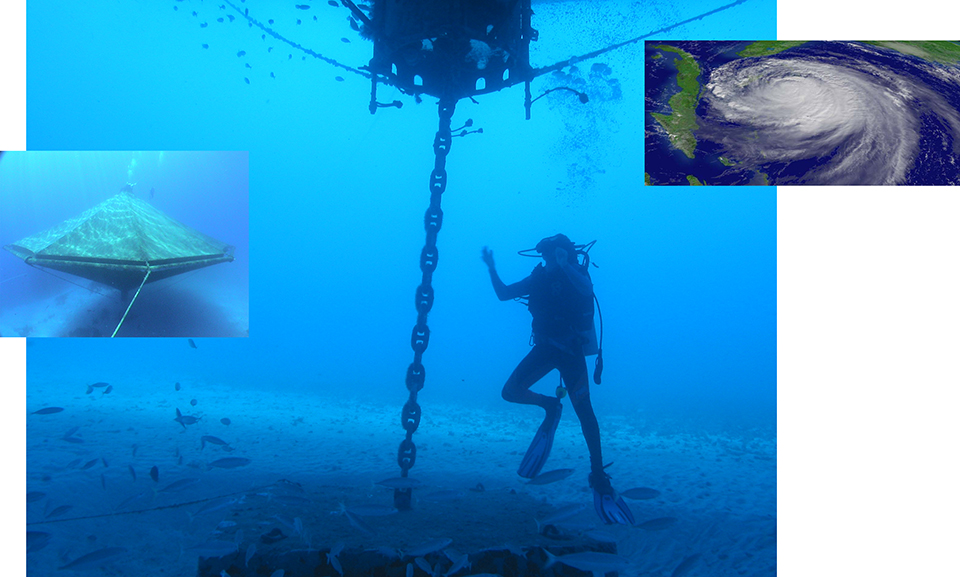
Innovation & Investment
Offshore cages survive hurricanes
Emerging offshore aquaculture projects are proving they can endure hurricane-force winds, strong waves and high currents associated with major storms.
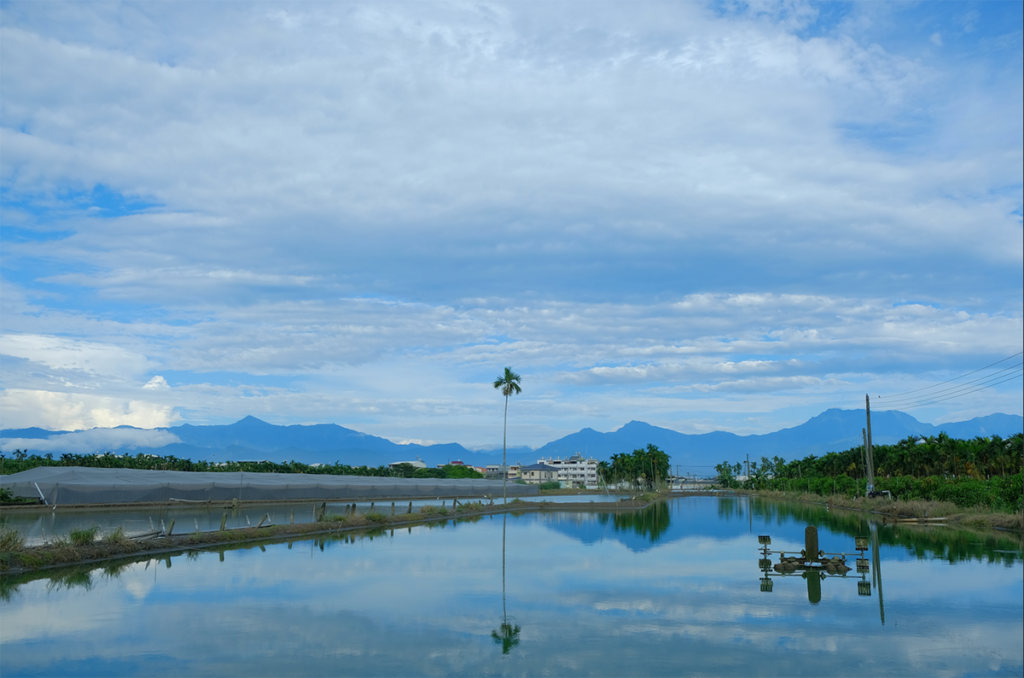
Responsibility
Effects of weather and climate on aquaculture
Prof. Boyd discusses how weather and climate events affect aquaculture and why producers should operate their facilities to protect against such events.

Responsibility
Experts discuss climate change threats to aquaculture
How will climate change impact the aquaculture sector? Expert panelists discuss impacts to insurance and how data is driving decision-making.
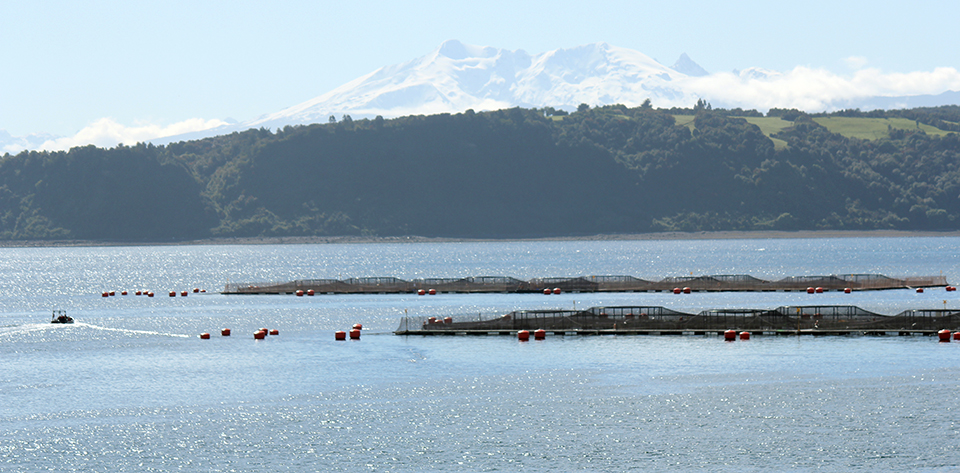
Innovation & Investment
What you should know about aquaculture insurance
With aquaculture insurance, producers can substitute an insurance premium of a known cost for an unknown potential cost, the loss of stock.


